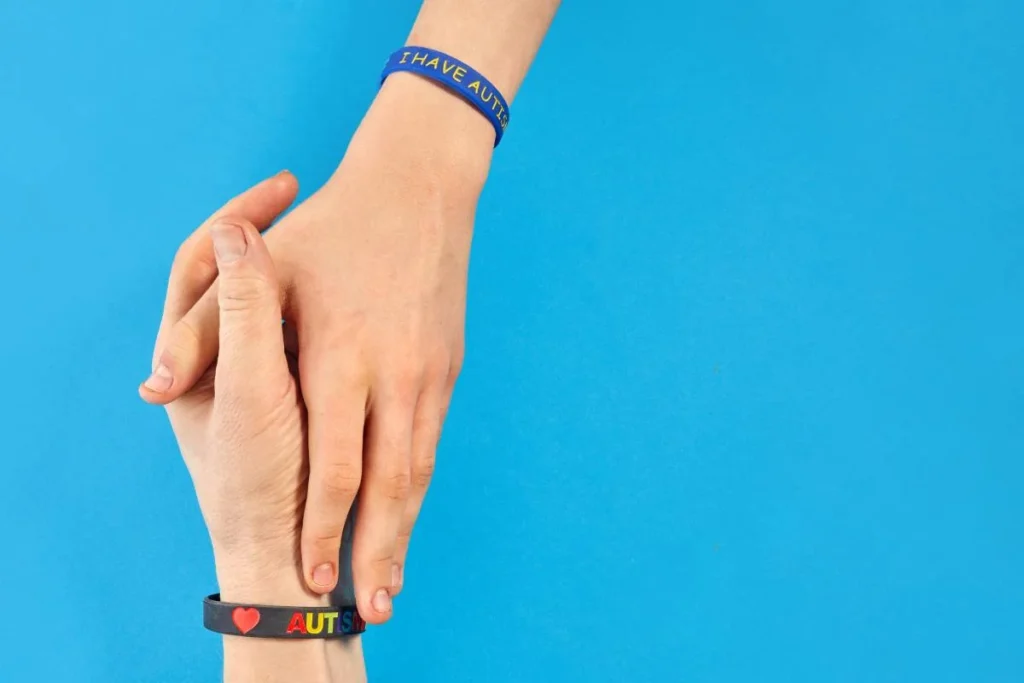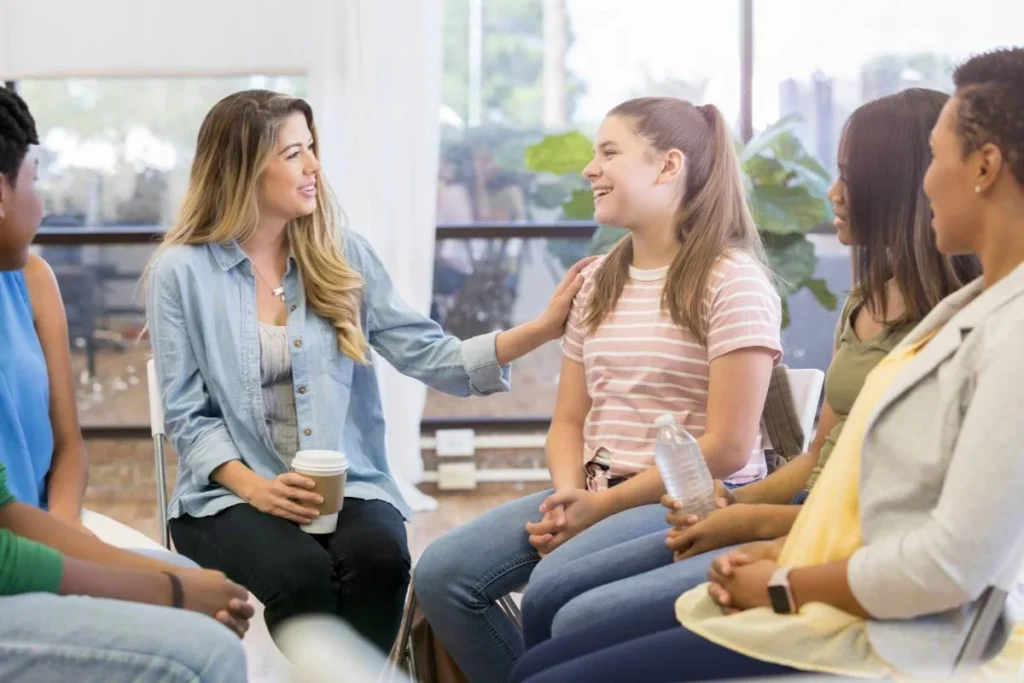Raising awareness for autism is crucial for fostering understanding and acceptance within communities. Events dedicated to this cause play a vital role in educating the public about autism’s complexities and challenges.
Community events not only promote awareness but also create connections among families, individuals, and organizations. They foster a supportive environment where everyone can learn, share experiences, and grow together.
Know Your Community
To effectively organize an autism awareness event, start by identifying the specific needs of your community. Conduct surveys, hold focus groups, or engage in conversations with families affected by autism. This research helps pinpoint the topics and resources that matter most.
Engaging local stakeholders is equally essential. Reach out to schools, healthcare providers, and autism organizations.
Their insights can guide your event’s direction and ensure it resonates with the community. Collaborating with these groups not only strengthens your event but also fosters a sense of unity and shared purpose.
Setting Clear Objectives
Defining the purpose of your event is the first step in setting clear objectives. Ask yourself what you want to achieve. Is it to educate the community, raise funds, or provide resources for families?
For instance, an event could aim to raise awareness about autism spectrum disorders and share practical support strategies.
Next, establish measurable goals to track your progress. Goals could include gathering a specific number of attendees, raising a set amount of funds, or distributing educational materials.
For example, you might set a target of reaching 200 participants or raising $5,000 for local autism programs. Clear objectives not only guide your planning but also motivate your team and stakeholders.
Planning Your Budget
Budget planning is a crucial step in organizing a successful event. Start by estimating costs for various elements like venue rental, promotional materials, and refreshments. A clear budget helps you manage resources effectively.
Consider seeking sponsorships or donations from local businesses and organizations. This support can significantly offset expenses and enhance your event’s impact.
| Expense Item | Estimated Cost |
|---|---|
| Venue Rental | $500 |
| Promotional Materials | $200 |
| Refreshments | $300 |
| Activities and Workshops | $400 |
Keeping track of expenses and seeking community support can make your event financially viable and impactful.
Choosing the Right Venue
Selecting the right venue is vital for the success of your autism awareness event. Start by considering accessibility.
Ensure the location is easy to reach for individuals with varying abilities. Features like ramps, accessible restrooms, and parking spaces can make a big difference.
Next, evaluate the venue’s capacity and facilities. Choose a space that comfortably accommodates your expected attendees while providing necessary amenities, such as audio-visual equipment and seating arrangements. Think about the flow of the event; a well-designed space can enhance interaction and participation.
By prioritizing accessibility and capacity, you set the stage for an engaging and inclusive gathering that resonates with the community.
Promoting Your Event
Effective promotion is key to the success of your autism awareness event. Start by utilizing social media.
Platforms like Facebook, Instagram, and X allow you to reach a wide audience quickly. Share engaging content such as event details, behind-the-scenes preparation, and personal stories related to autism. This helps create buzz and encourages community members to participate.
“Social media is a powerful tool for building connections and raising awareness.” Use targeted ads to reach specific demographics and consider creating an event page to keep everyone informed.
Engaging local media outlets can amplify your reach even further. Send press releases to newspapers, radio stations, and local TV channels. Offer interviews or stories that highlight the importance of autism awareness. Building relationships with local journalists can lead to greater coverage and community interest.
By combining social media efforts with local media engagement, you can create a robust promotional strategy that resonates within your community.
Recruiting Volunteers
Finding the right volunteers is crucial for your autism awareness event. Start by identifying specific volunteer roles needed for the event.
Consider positions like event coordinators, registration staff, activity leaders, and cleanup crews. Defining these roles helps ensure everyone knows their responsibilities.
Next, reach out to local organizations such as schools, community centers, and autism advocacy groups. They can help you connect with potential volunteers who are passionate about the cause. Offer opportunities for these organizations to participate as a team.
Volunteer support not only enhances the event but also builds a sense of community. Engaged volunteers can share their experiences, making the event more meaningful for everyone involved.
Planning Activities and Workshops
Creating engaging activities and workshops is key to a successful autism awareness event. Incorporating educational sessions provides attendees with valuable insights.
For instance, consider inviting experts to discuss autism spectrum disorders, strategies for support, and resources available in the community. This knowledge can empower families and individuals affected by autism.
Organizing interactive activities fosters a sense of inclusion. Think about hands-on workshops like art therapy sessions where participants can express themselves creatively.
Games that promote teamwork and understanding, such as sensory activities, can also be effective. These activities allow participants to experience challenges faced by individuals with autism in a safe and supportive environment.
Successful events often include a mix of both formats. For example, a community fair with booths offering information, alongside interactive sensory paths, has proven to be a hit. This combination keeps attendees engaged while raising awareness about autism.
Ensuring Inclusivity and Accessibility
Creating an event that welcomes everyone is essential. Start by designing spaces that accommodate all abilities.
Ensure pathways are clear and surfaces are smooth to avoid any obstacles. Providing sensory-friendly areas can help those who may need a quiet space to recharge.
Consider the materials used for signage and communication. Use large fonts and visual aids to make information accessible to everyone. Training volunteers to assist attendees with special needs fosters a supportive atmosphere.
A welcoming environment goes beyond physical accessibility. Encourage an open mindset among participants by promoting understanding and acceptance.
This can make a significant difference in how individuals feel included. By prioritizing inclusivity, your event can truly resonate with the community.
Managing Safety and Logistics
Safety and logistics play a crucial role in successful community events. Start by developing a clear emergency plan.
This should include evacuation routes, designated safe areas, and contact information for local emergency services. Make sure volunteers are familiar with these protocols to ensure a quick response if needed.
Logistics management involves coordinating various elements of the event to create a seamless experience.
Communication is key. Use walkie-talkies or a group messaging app to keep all team members connected during the event. Assign specific roles to volunteers to handle setup, registration, and crowd management.
Here’s a quick checklist for safety measures:
- Emergency contact numbers displayed prominently
- First aid kit accessible
- Clear signage for evacuation routes
- Designate a safe area for emergencies
- All staff trained on safety protocols
By addressing safety and logistics effectively, you create a secure environment for all attendees. This fosters a positive experience that encourages engagement and support for autism awareness.
Preparing for Event Day
As event day approaches, final preparations become essential. First, finalize the event schedule to ensure all activities flow smoothly. Review time slots for speeches, workshops, and interactive sessions. Share this schedule with volunteers so everyone knows their responsibilities.
On the day before the event, conduct a final walkthrough of the venue. This helps identify any last-minute adjustments needed. Check seating arrangements, signage, and accessibility features. Walk through the entire space to confirm it aligns with your vision.
On the morning of the event, arrive early to set up. Make sure everything is in place at least an hour before guests arrive. This timeline allows you to address any unexpected issues calmly, ensuring a successful day dedicated to autism awareness.
Executing the Event
When the big day arrives, effective coordination with volunteers is key. Ensure that each volunteer knows their specific role and responsibilities.
A quick briefing before the event begins can help clarify expectations and set a positive tone. Designate a point person for each area, so volunteers have someone to turn to if they have questions.
As the event unfolds, stay alert and ready to address any issues that arise. Whether it’s technical difficulties or last-minute changes, a calm and proactive approach will keep the atmosphere positive.
Encourage volunteers to communicate any concerns quickly. This will allow for prompt solutions, ensuring a seamless experience for everyone involved.
Lastly, maintain an open line of communication with your team throughout the day. Use walkie-talkies or a group messaging app to keep everyone connected. This will enhance coordination and help tackle challenges as they come up, making the event a success.
Post-Event Evaluation
After your event, collecting feedback is essential. Use surveys, either online or on paper, to gather insights from attendees and volunteers.
Ask specific questions about what worked well and what could be improved. This information will guide future events and enhance community engagement.
Next, assess your success by measuring outcomes against your objectives. Consider factors such as attendance numbers, participant satisfaction, and educational impact.
The table below can help you evaluate these aspects:
| Objective | Target | Outcome | Notes |
|---|---|---|---|
| Attendance | 100 | 120 | Exceeded expectations |
| Feedback Score | 4/5 | 4.5/5 | Very positive feedback |
Analyzing this data will help you identify successes and areas for improvement, paving the way for even more impactful events in the future.
Planning Future Events
Reflecting on previous events is vital for growth. Gather insights from feedback and discussions. Identify what resonated with the community and what could be improved. These lessons will lay the groundwork for your next initiative.
Engaging with your community doesn’t stop after the event. Keep the conversation alive through social media or local meetings. Understanding their ongoing needs will enhance future planning.
Establishing a network of supporters fosters a sense of belonging and encourages participation in upcoming events.
By applying past experiences and maintaining an open dialogue with your community, future events can be even more impactful and relevant.
Frequently Asked Questions
As you plan your community event for autism awareness, you may have some questions. Here are a few common concerns and their answers:
How can I ensure the event is inclusive?
Focus on accessibility. Choose a venue that accommodates all abilities and include activities that cater to various interests.
What if I don’t have a large budget?
Consider seeking sponsorships or donations from local businesses. Additionally, enlist volunteers to help reduce costs.
How do I promote the event effectively?
Use social media platforms to reach a wider audience. Collaborate with local media outlets to spread the word.
What activities should I include?
Incorporate educational sessions and interactive activities that engage attendees and raise awareness about autism.
How can I gather feedback after the event?
Create a simple survey for attendees. This will help you assess the event’s impact and identify areas for improvement.
Addressing these questions can help you feel more prepared and confident as you move forward with your planning.
Conclusion
Organizing community events for autism awareness requires careful planning, clear objectives, and strong community engagement. From understanding local needs to ensuring inclusivity, each step plays a crucial role in creating a meaningful experience. As you move forward, consider how your involvement can make a difference. Every effort counts, and your engagement can inspire others to join this important cause. Together, we can foster understanding and support for individuals with autism.







